
Is your brand attracting your target audience to your business?
That’s the million-dollar question, yet it seems like there’s always room for improvement. It could be that your logo and brand colors are falling flat, or perhaps your brand voice doesn’t quite resonate with your audience.
However, the more likely option is that your brand identity is on the mark, and there’s something deeper missing – mainly, the ability to get inside your customers’ heads.
We’re not talking about doing market research and determining if your customers consist of dog lovers or Marvel fanatics (although if you don’t already have this information, someone better get on it).
No, this is a more of a general understanding of how the human mind works. Specifically, what’s important to you as a brand is to break down how people make decisions.
Why does this matter, you ask?
Because, it turns out that people make decisions based on their emotions; countless studies have shown that only after we make decisions do we try to justify them with logic.
In other words, contrary to popular belief, we are guided more by feelings than we are by facts. So, how does emotionally-driven decision making translate to branding?

In today’s consumer-focused world, we’re constantly bombarded by messaging, from the minute we leave our homes until we’re tucked into bed at night.
In order to combat the amount of stimuli we receive from the environment, our minds constantly take “shortcuts” to help us navigate the world without getting overwhelmed.
Along comes Robert Cialdini, uber-famous psychologist and researcher of said shortcuts. Through his research, he found that there are 6 underlying principles that guide our decision-making and influence how compliant we are with others’ requests.
As a business owner, knowing how to persuade your audience to connect with your brand is the difference between a business that thrives and a business that dives. And, understanding how and why your audience makes decisions is key to fostering this connection.
Let’s take a look at Cialdini’s 6 principles of influence and how you can use each one to give your brand a boost!
Give and take is one of the fundamental tenets of social interaction. We’re constantly in a state of negotiation, expecting favors from people one day and being more than ready to reciprocate the next.
In other words, when we receive, we feel compelled to give something in return. That drink your waitress gave you on the house? It earned her a 3% increase in tip.
However, it’s not only about what you give, but about how you give it. For example, if a gift is unexpected, it increases the receiver’s desire to give something back. In contrast, if you’re known as the restaurant that always gives free cookies at the end of every meal, the odds are that your customers aren’t jumping to break out their checkbooks.
So, how does this all translate to branding?
There are two main reciprocity-based techniques that companies use to their advantage: “Foot-in-the-door” and “door-in-the-face”.
This research-based technique assumes that people are more likely to agree with a large request after they have already agreed to smaller request.
Once you learn to be aware of it, you’ll see this employed by salesmen in every shopping mall and on any street corner. If you think that’s an exaggeration, consider the following scenario:
You’re walking down the corridor of a shopping mall, intending on purchasing a new pair of black jeans. As you’re walking, you pass by a stand at which a nice man is minding a cosmetics counter.
“Hi, there” he says as you pass by. “Can I ask you a question?”
“Sure,” you respond, not wanting to be rude. (Bam! You’ve just agreed to the first request.)
“Have you ever noticed how dry your skin gets in the winter?” And off he goes. From here on out, you’ll notice it’ll get more and more difficult to walk away from the salesman, particularly after you agree to let him put lotion on your skin.
Don’t believe it? Try it for yourself!
Put a pop-up on your website that says something like “Will you tell us if you would recommend us to a friend?” with a “Yes” or “No” button. Then, direct your respondents to take a survey, regardless of which answer they chose in the original question; you’ll find that your yes-people will be much more likely to take your survey than your no’ers.
This technique is essentially the inverse of foot-in-the-door. It assumes that people are more likely to agree to a small request after previously saying no to a larger request.
What happens is that the person doing the asking doesn’t actually expect a “yes” to their first request. In fact, the whole reason they ask for the first thing is so that you end up giving in to the second, smaller thing.
Reciprocity states that because they’ve made a concession on your end, you will feel like you should as well, and as a result, you’ll comply with their second request.
Let’s take that same scenario in the mall with the cosmetics salesman, but this time, he leads with:
“Hi there! Will you buy this $300 all-inclusive nail care package? It has everything you need to keep your nails in tip-top shape.”
Of course, your response will be a predictable “no, thank you,” and you’ll begin to walk away.
“Oh, that’s alright,” he says, “but will you at least try out our body lotion and see if you like it? Here, hold out your hand,” and once again, he’s got you.
You can make the same sorts of requests from your audience. Start by asking for something extreme, knowing full well that the person on the other end won’t take the bait. Once they say no, that’s the moment where you can ask for the thing you really want and expect a higher chance of getting a yes.
However, if neither of these techniques speaks to you, that’s okay. Maybe you can give out branded products and later ask for a lead’s email address in exchange, or create a valuable blog post and then ask your readers to share it on social media to increase brand awareness.
Regardless of the specifics, the takeaway is to know that giving, in a personal and unexpected way, is the route to receiving.
This is probably Cialdini’s most influential principle when it comes to branding, and a term that you’ll see mentioned all over the internet.
Social proof is the idea that when we are unsure of a decision, we look toward others’ behavior to help guide us in making said decision. We go along with what other people believe is correct in order to determine what’s correct for us.
One way to use social proof to attract people to your business is to highlight that others have already engaged with your brand.
There are a ton of creative ways to do this, so let’s look at a few examples of what other big brands have done:
The thinking here is to show leads that they can trust your product/service, because a bunch of other businesses already do. A great example of this technique is Shopify, who sports a landing page dedicated toward getting users to sign up for a free trial.
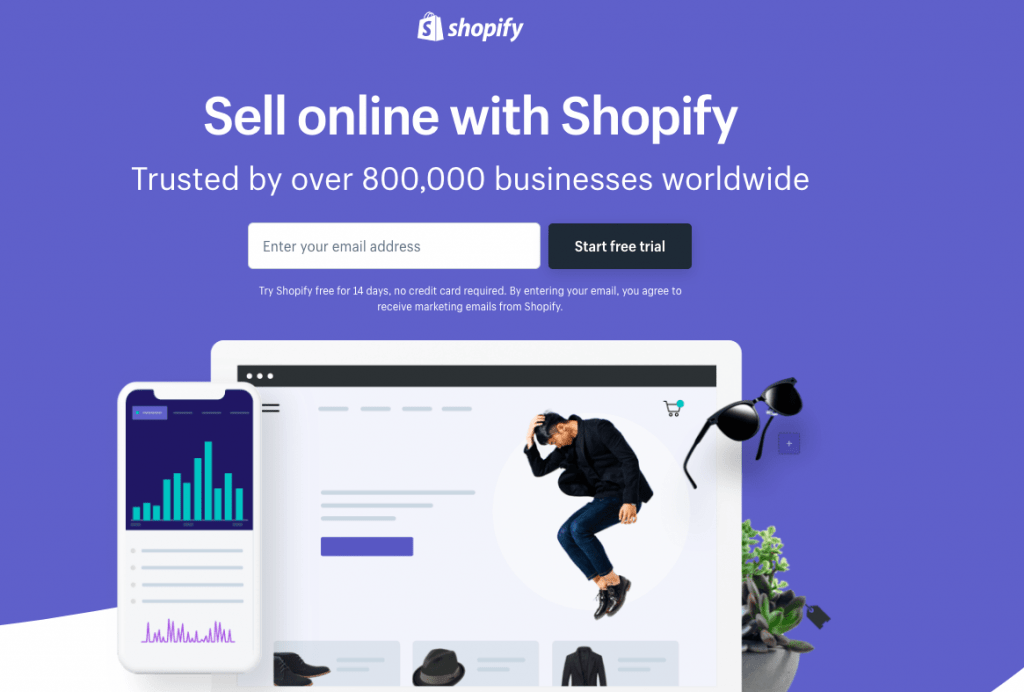
Right underneath their value proposition – “Sell online with Shopify” – would have been the place to elaborate more on their offer. Instead, they told their audience that over 800,000 businesses use their product, implying that new businesses should too!
One of the best ways to show that others enjoy your brand is to repurpose the content that they post about you, sharing what’s known as User-Generated Content (UGC).
What started as a small watch store in Amsterdam, Cluse has incrementally increased their customer base through UGC. Mainly, they consistently repost photos of their customers wearing their watches on their Instagram account, and credit each of the users with the original post.
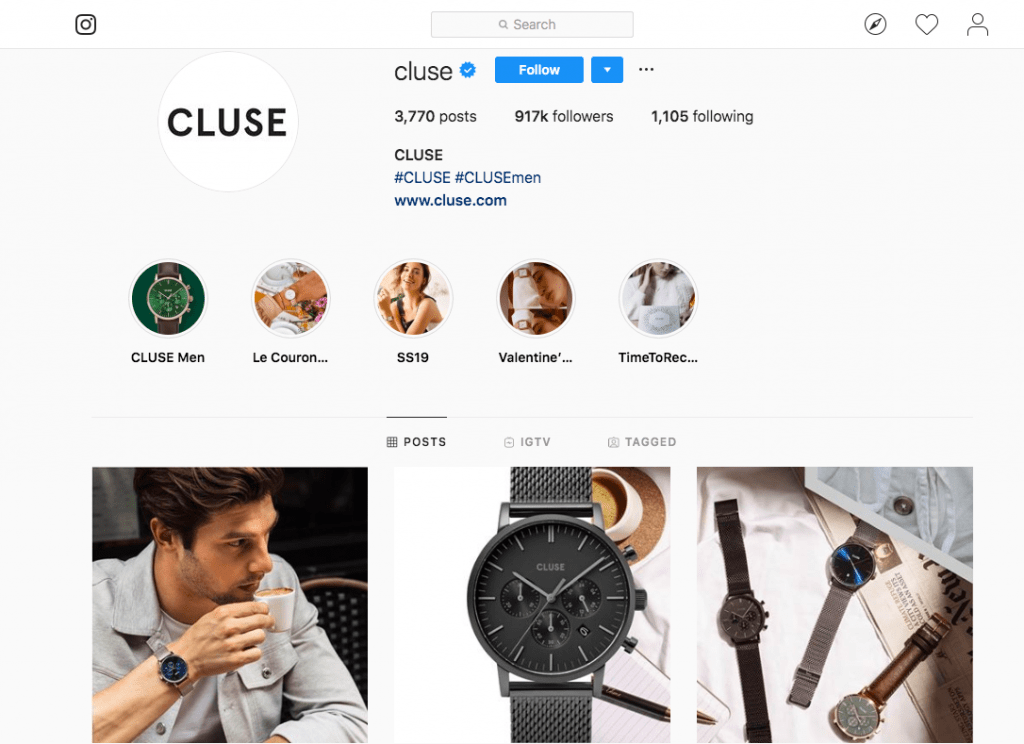
This strategy has helped them grow from a local business into a company that sells to customers worldwide and has nearly a million followers on social media.
If your business involves selling tangible products, this could be a good strategy for you; consider sharing UGC on your social media channels or your blog.
84% of people trust online reviews as much as they trust recommendations from their friends. However, you don’t have to wait for your audience to search online and find (hopefully) good reviews about your business; instead, you can bring the reviews to you!
Bizzabo, a software for event planning, does just that, by dedicating an entire page on their website just to customer testimonials.
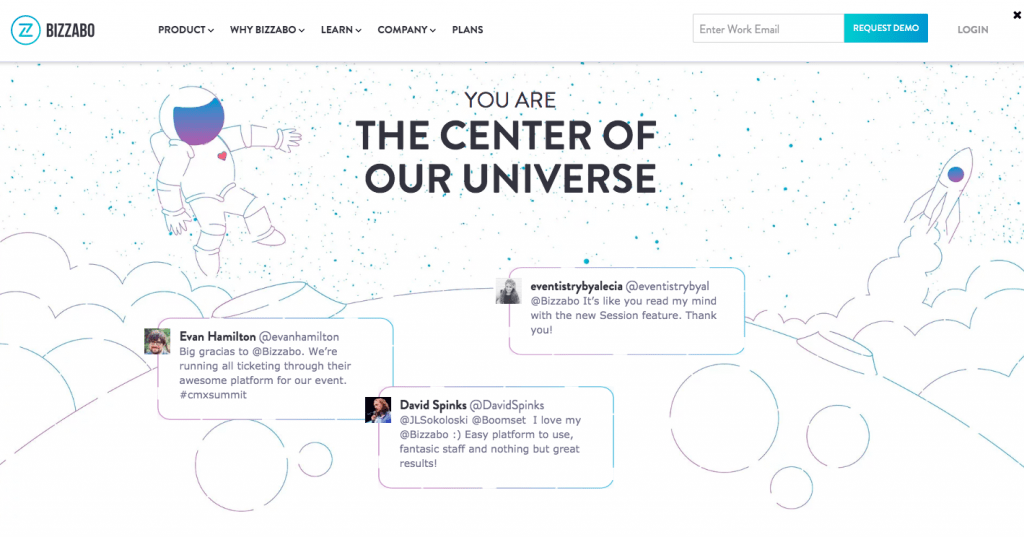
They use a number of different formats to show what their customers think of them, from short tweets to long case studies. The design is super appealing, and the appearance of each customer’s personal Twitter profiles gives Bizzabo a leg up in the social proof arena, as visitors to the site can immediately tell that these are real people with truthful, positive reviews of the software.
If you’ve ever seen the words “limited edition” written about a product or a service and bought it, you have been influenced by the concept of scarcity.
Scarcity guides human behavior because people crave what they’re worried they won’t be able to get. It’s the classic wanting-what-we-can’t-have scenario, and we are willing to do whatever we need to make the elusive thing ours.
Think about Instagram Stories and how they disappear after 24 hours. After the social media platform first introduced them in 2016, the feature attracted over 400 million users. The brilliance of the feature is that it compels people to constantly check Instagram, so they don’t miss the latest and greatest Story to hit their social scene.
Maybe this plays on an innate human survival instinct, that perhaps we’re afraid of running out of resources and we’re inclined to snatch them up while we still can. (Although this theory isn’t verified by Cialdini, so don’t quote me on it!)
Whatever the reason, it’s important to emphasize to your audience not only what they will gain if they use your product, but also what they will lose if they don’t choose you.
This could be through a 24-hour flash sale, an asset that can only downloaded for a certain amount of time, or limiting the number of units of a product you have before it sells out and making that limit clear in the offering.
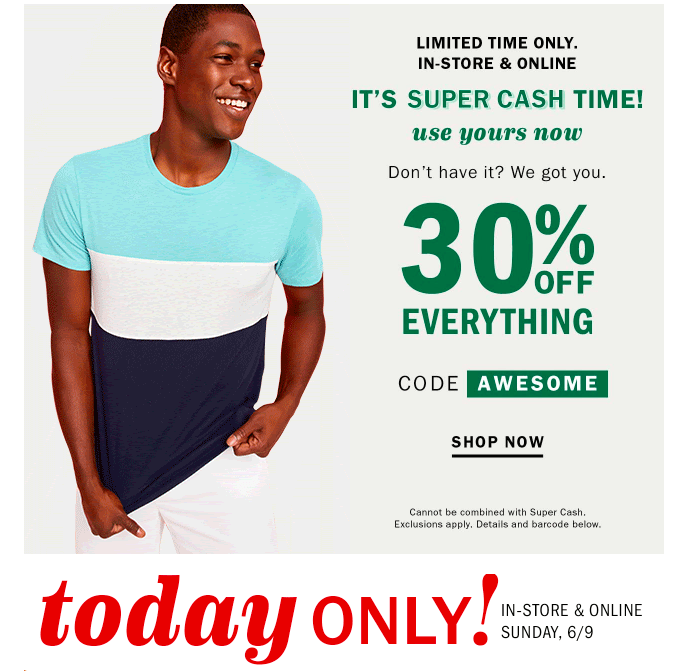
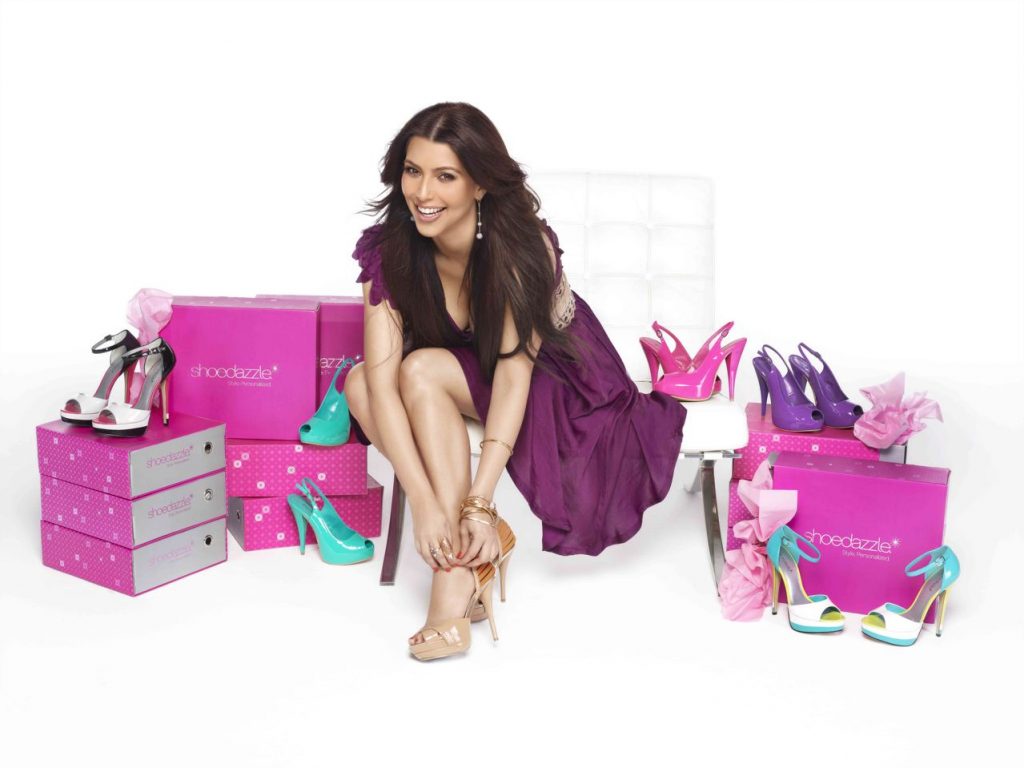
Why? Because (love her or hate her), she’s looked at as an authority on women’s fashion, and her fans are used to seeing her photographed in the latest and greatest footwear. Her endorsement of the startup obviously worked: It was bought out by JustFab, and has subsequently turned into a $100M company.
You can certainly use influencers to help promote your brand, regardless if they’re world-renowned movie stars or esteemed experts in your niche. However, before you choose a brand ambassador or three, it’s important to make sure their image aligns with your brand.
We’ll use another member of the Kardashian clan to illustrate why:
Entrepreneur, supermodel and media personality Kendall Jenner was appointed to be a brand ambassador for skincare brand Proactiv. She was part of a heartfelt campaign in which she discussed how Proactiv helped clear up her skin and restored her confidence. You can check out the video here:
However, instead of helping the brand, this endorsement garnered tons of backlash from the public. Whether or not Jenner actually did use the skincare brand wasn’t the point; she wasn’t viewed as the proper authority to speak for Proactiv, as many were under the impression she had a Beverly Hills-based physician assistant taking care of the supermodel’s skin.
More than ever, consumers are looking toward brands for authenticity, but that unfortunately didn’t translate in the skincare campaign.
The lesson to learn: If you’re going to use an authority to promote your brand, make sure it’s one who is believable, authentic, and relevant to your brand.
Have you ever wondered why products from cars to cleaning supplies always feature a beautiful woman in their ads?
“Sex sells,” is the standard answer that people like to throw out, and on some level that’s true. However, Cialdini has somewhat of a different, if not more comprehensive answer: Liking.
This principle states that we’re more likely to go along with requests from people we like, whether we know them personally or they’re a stranger we find ourselves attracted to. Cialdini defines liking as any 1 of these 5 things:
As you can imagine, there are a ton of ways to use this to your advantage.
When creating your brand personality, liking should factor in to the way you give form to your brand. If you’re selling budget-friendly house care items, for example, your audience is going to connect more with a down-to-earth brand than one with their noses in the air.
Take Bounty, the popular American paper towel brand. Rather than using fancy packaging and images of immaculate homes in their ads, they focus instead on the everyday family and the ordinary messes that come along with having children – identifying with the people that use their products. Watch their commercial here:
These 5 facets of liking applies to design as much as they do popular figures; for instance, people surfing the web are more likely to stay on a website if they find its design attractive and user-friendly.
Or, let’s say that during your market research phase of branding you find out that your customers are outdoorsy and value family activities. Your brand imagery can include photos of your own products found in nature (see #5), and the content you post can be geared toward showing families interacting with your brand.
Perhaps the easiest way to use liking to your advantage? When your audience interacts with you on social media or through customer service channels – compliment them!
From praising their patience to giving them a shoutout for using your service in a cool way, this is a simple yet effective way to bolster brand loyalty and just generally make your customers feel good.
This one can be a bit tricky to wrap your head around, but bear with me.
The idea behind commitment and consistency is that when we initially commit to something, we are more likely to behave in ways that reinforce this commitment. In plain English, this means that when we say or do something, we like to act in ways that are consistent with the initial behavior.
In practice, we can activate this consistency in people through asking them to make one or several small commitments. This commitment could be through an action, like sharing a post to a Facebook page, or monetary, like requesting an initial deposit on a product or service.
Interestingly, the logic here says that simply giving things away for free as a brand can actually work against you (barring a follow-up request, which would invoke feelings of reciprocity), because the consumer doesn’t have to commit to your brand in any way.
However, offering a free trial in exchange for an email address will invoke feelings of commitment in your audience, and inspire them to keep engaging with your brand.
If you can, Cialdini says, try to encourage active and public commitments.
For example, you can create a contest through which you offer your customers a potential prize, in exchange for having them share your content on their social media pages or write a review about your business.
Once they take initial public action showing they like your brand, your audience is much more likely to come back to you when they’re looking for good content in your niche – or even when they want to buy something you offer.
Branding is all about the audience you’re servicing, and getting inside your customers’ heads is the best way to turn your business into a brand they will love. Remember these shortcuts that people use when making decisions, and use them to help guide your brand strategy.
Did one of Cialdini’s principles of influence resonate with you? Check out our guide on creating a brand voice, and try to use his ideas to help you communicate with your audience!
The information provided on this page is for information, educational, and/or editorial purposes only. It is not intended to indicate any affiliation between Tailor Brands and any other brand or logo identified on this page.
Products
Resources
@2024 Copyright Tailor Brands